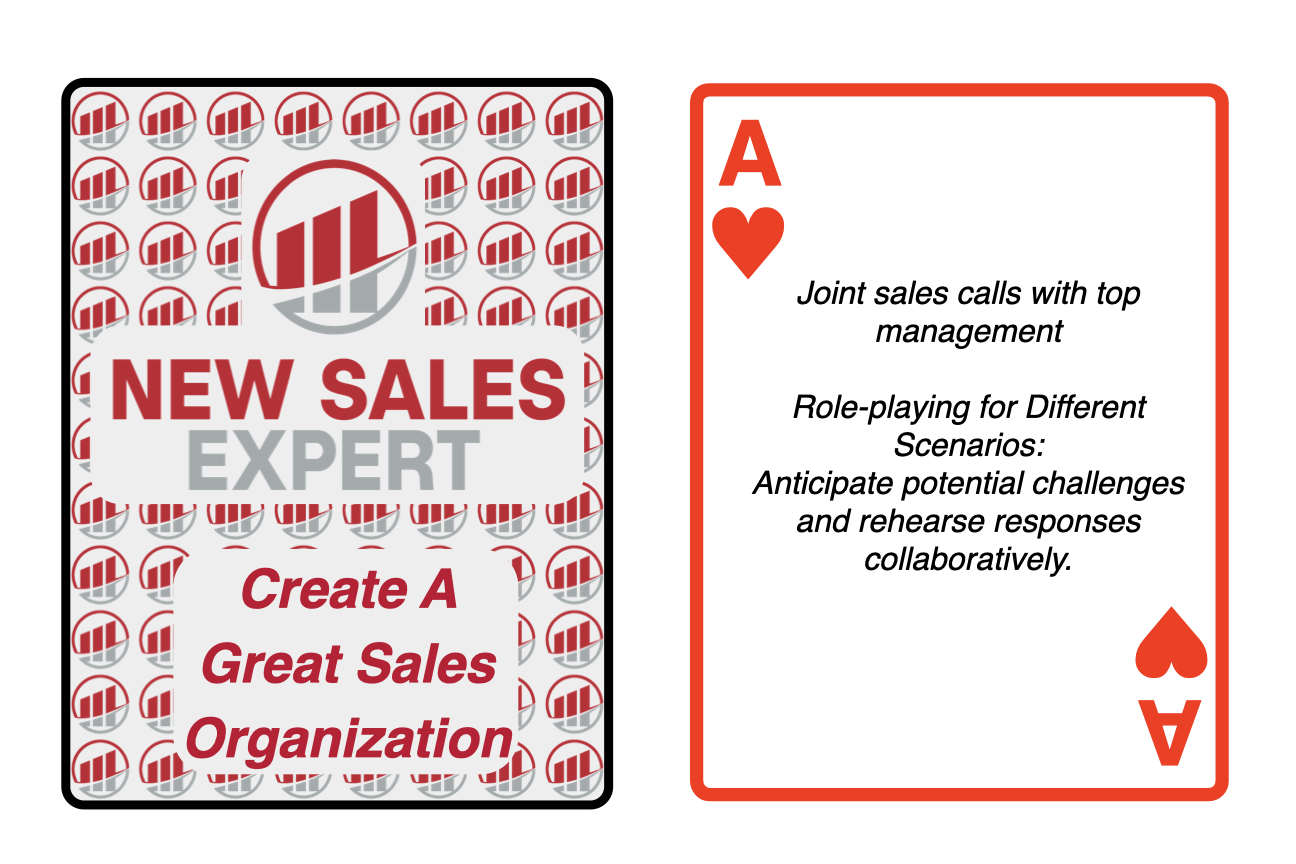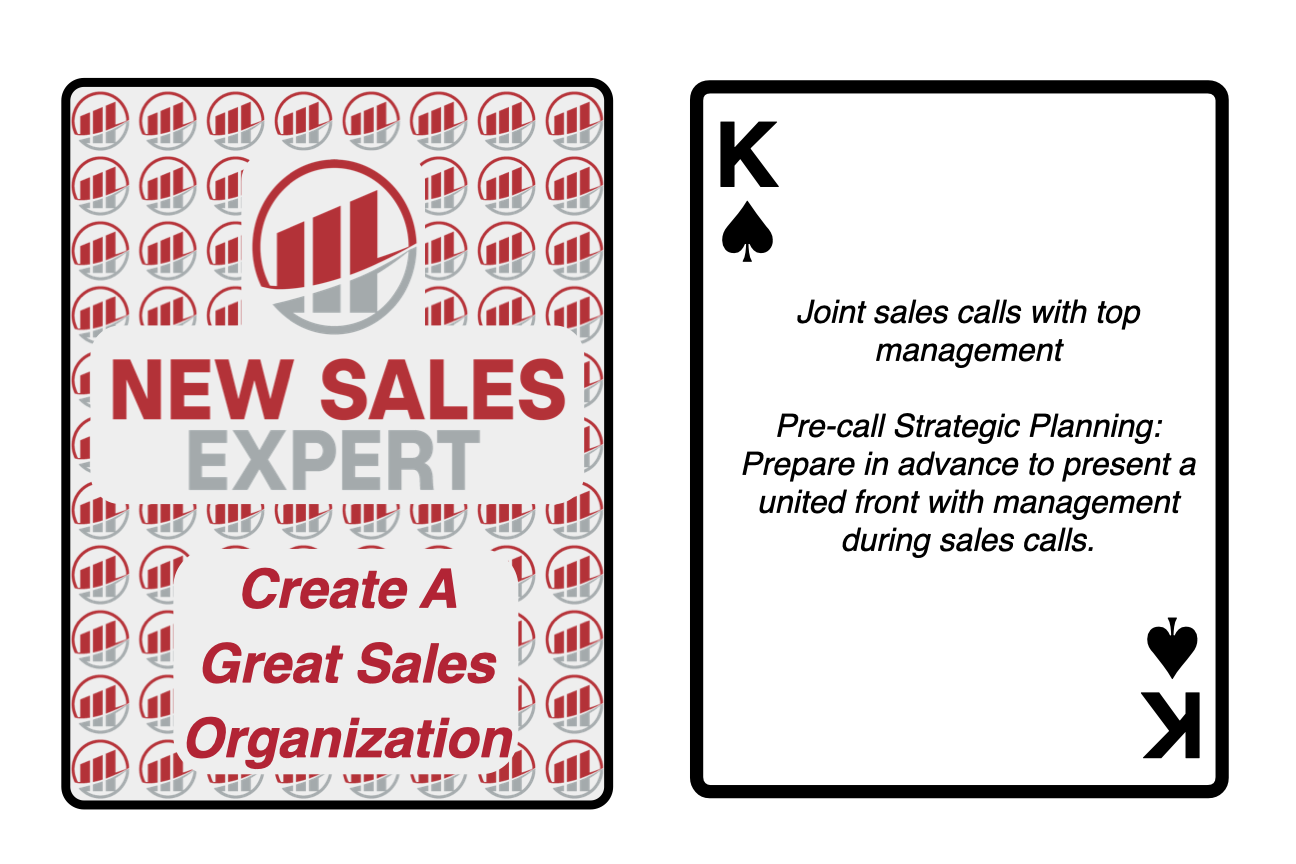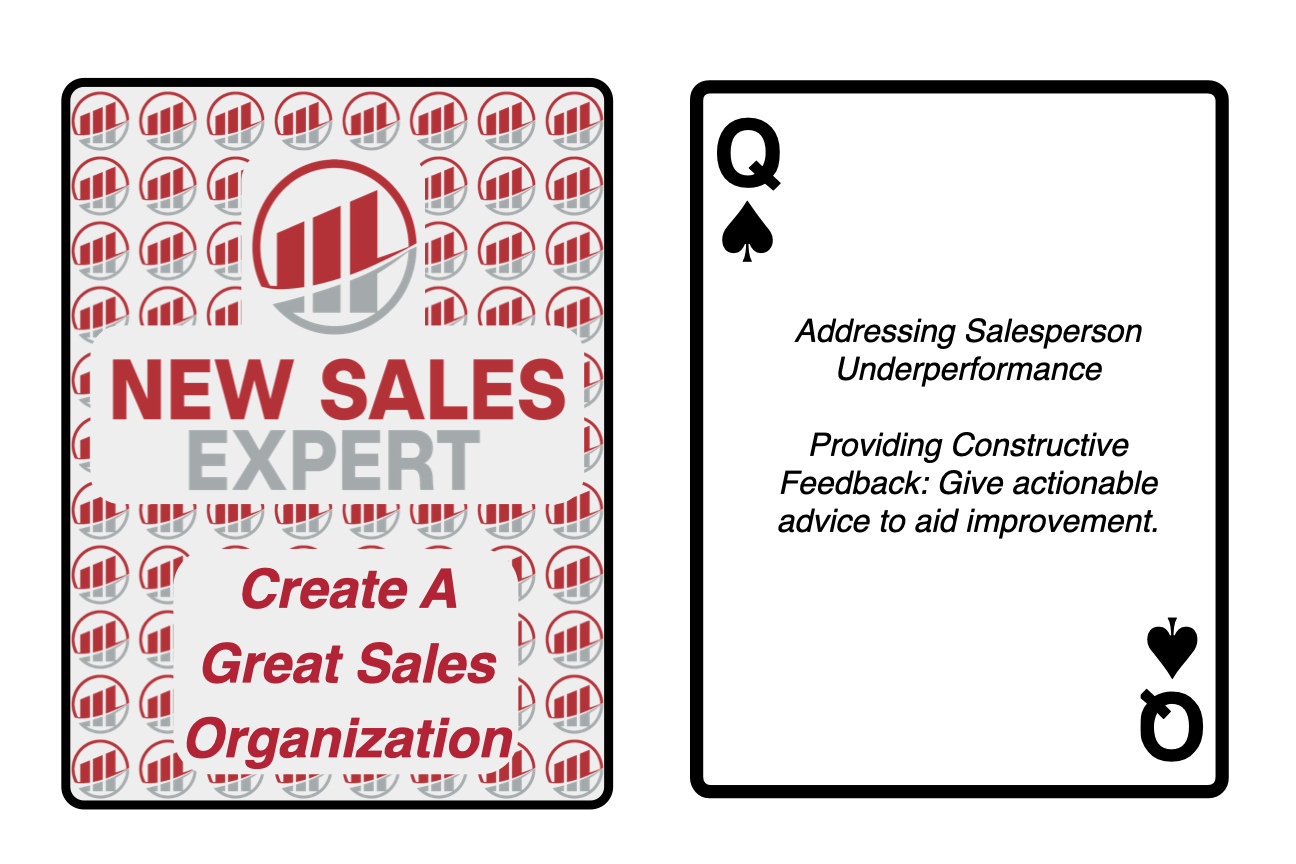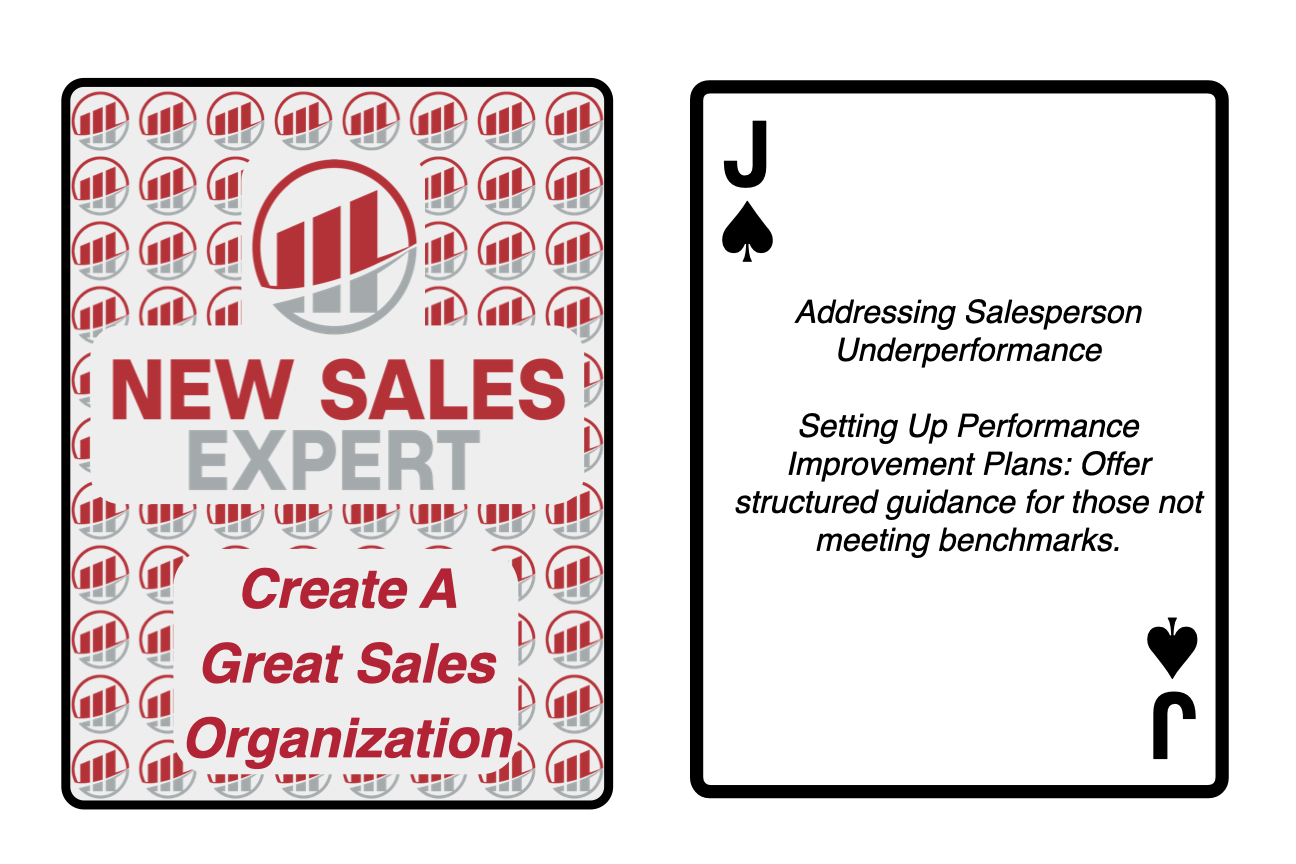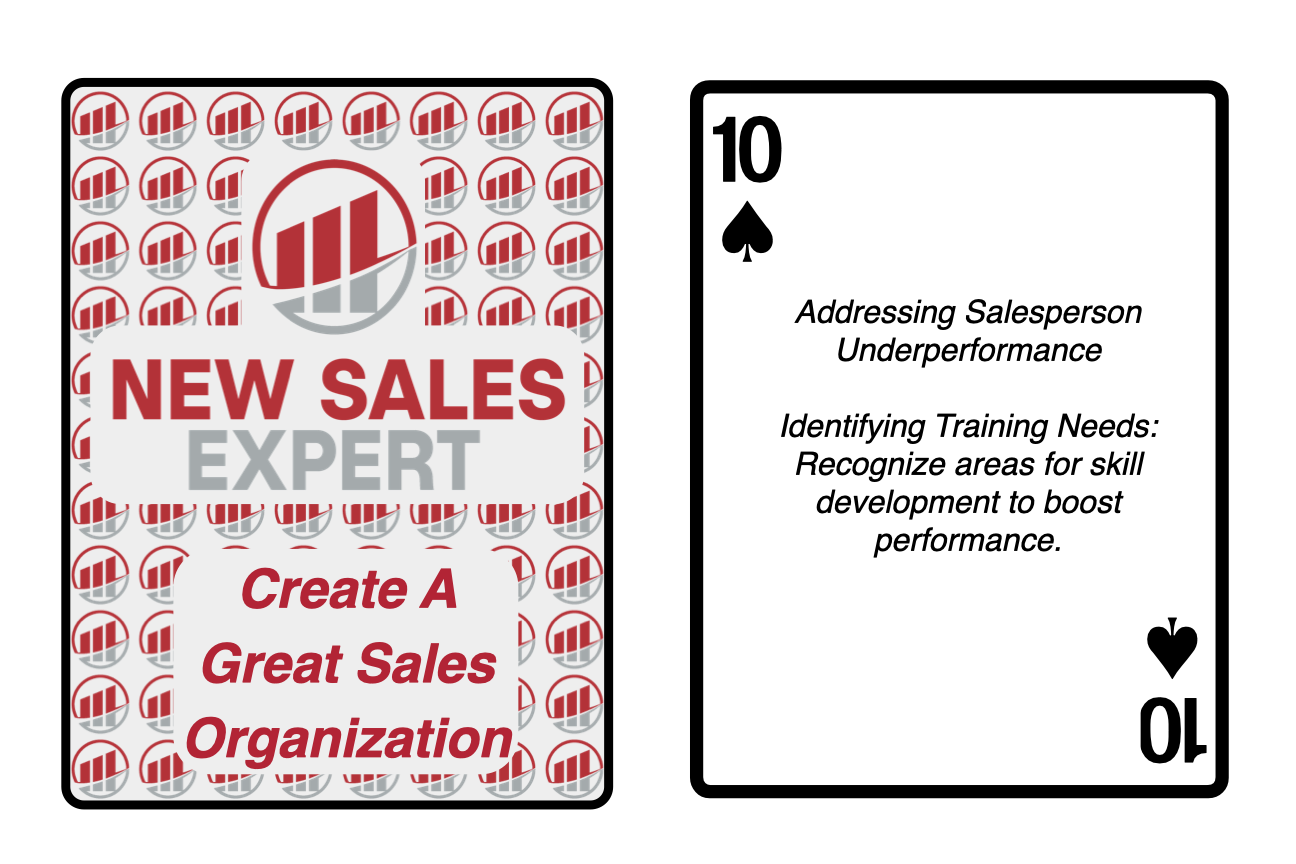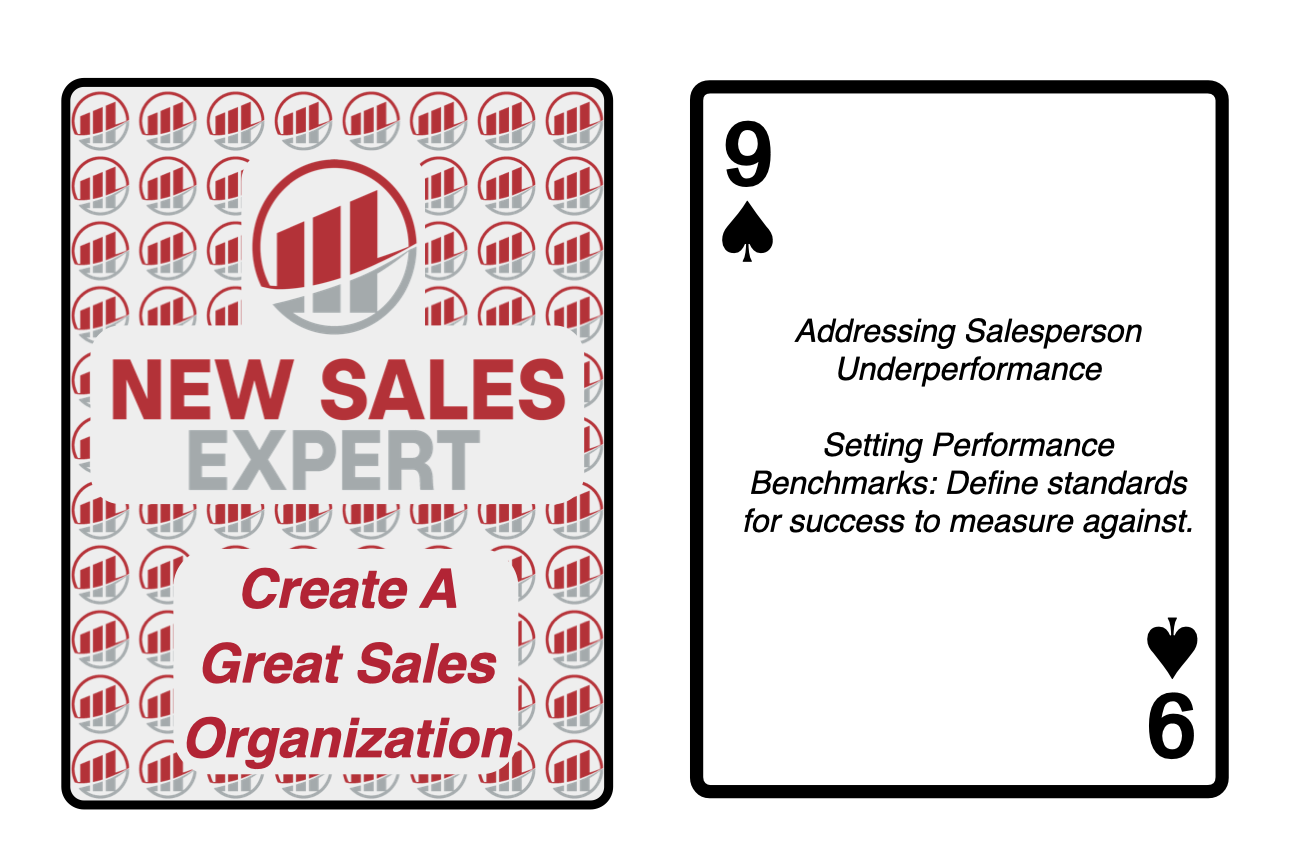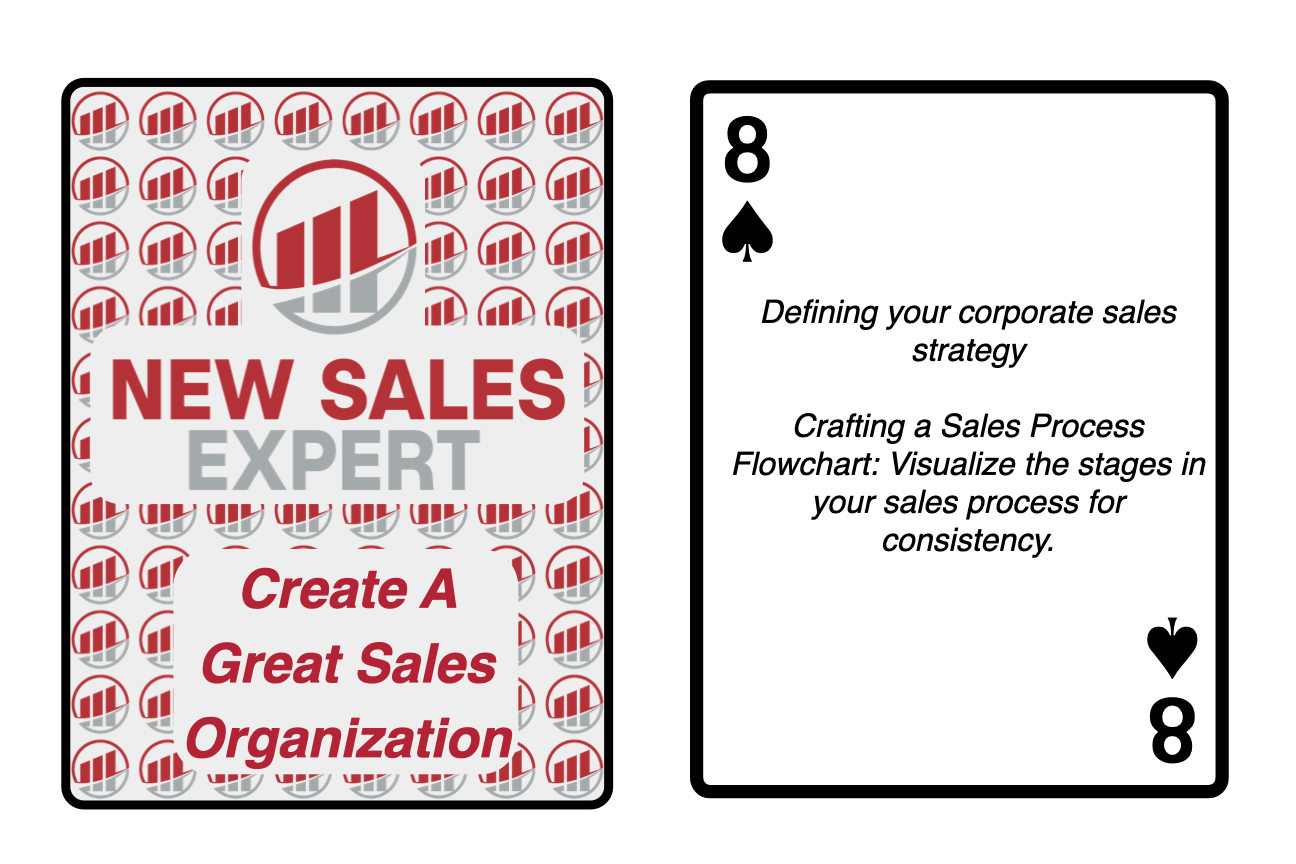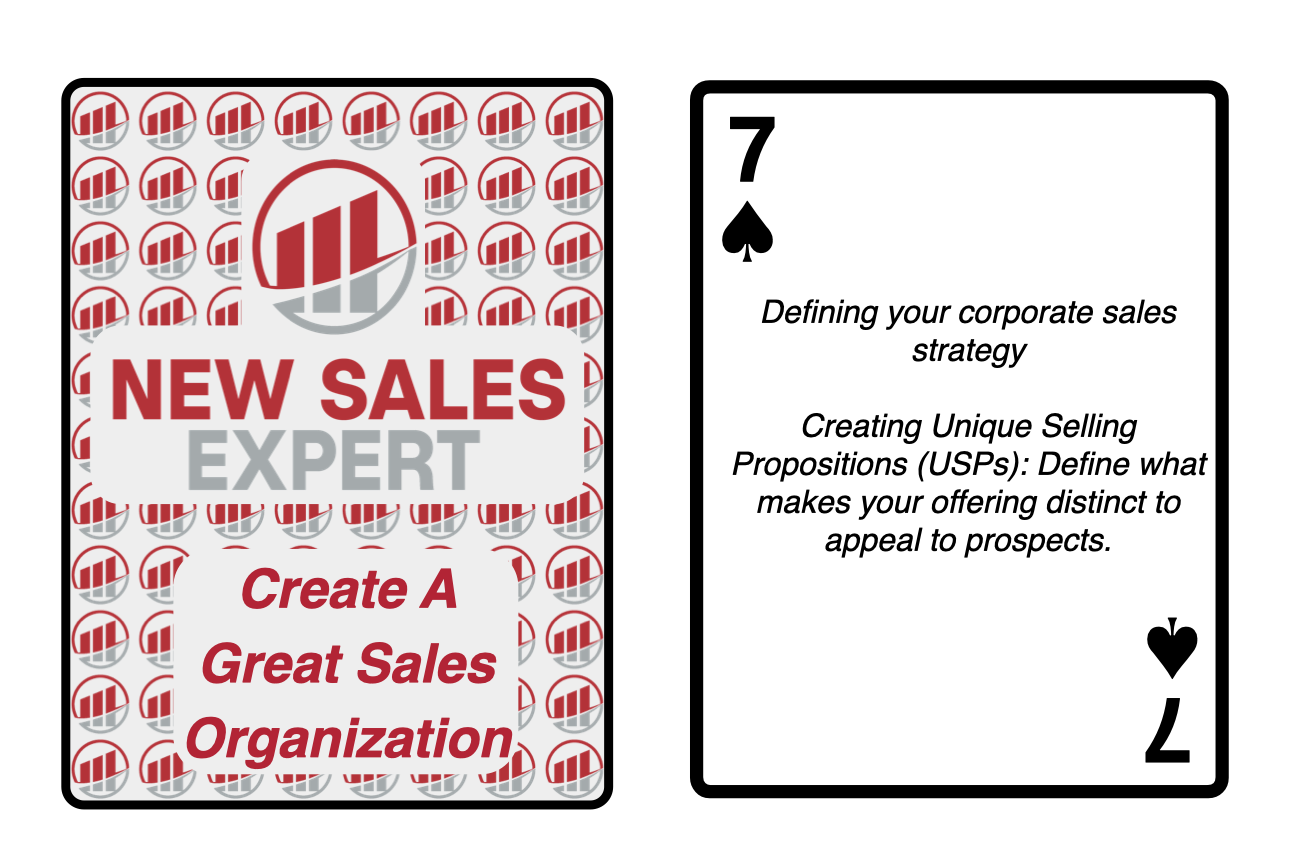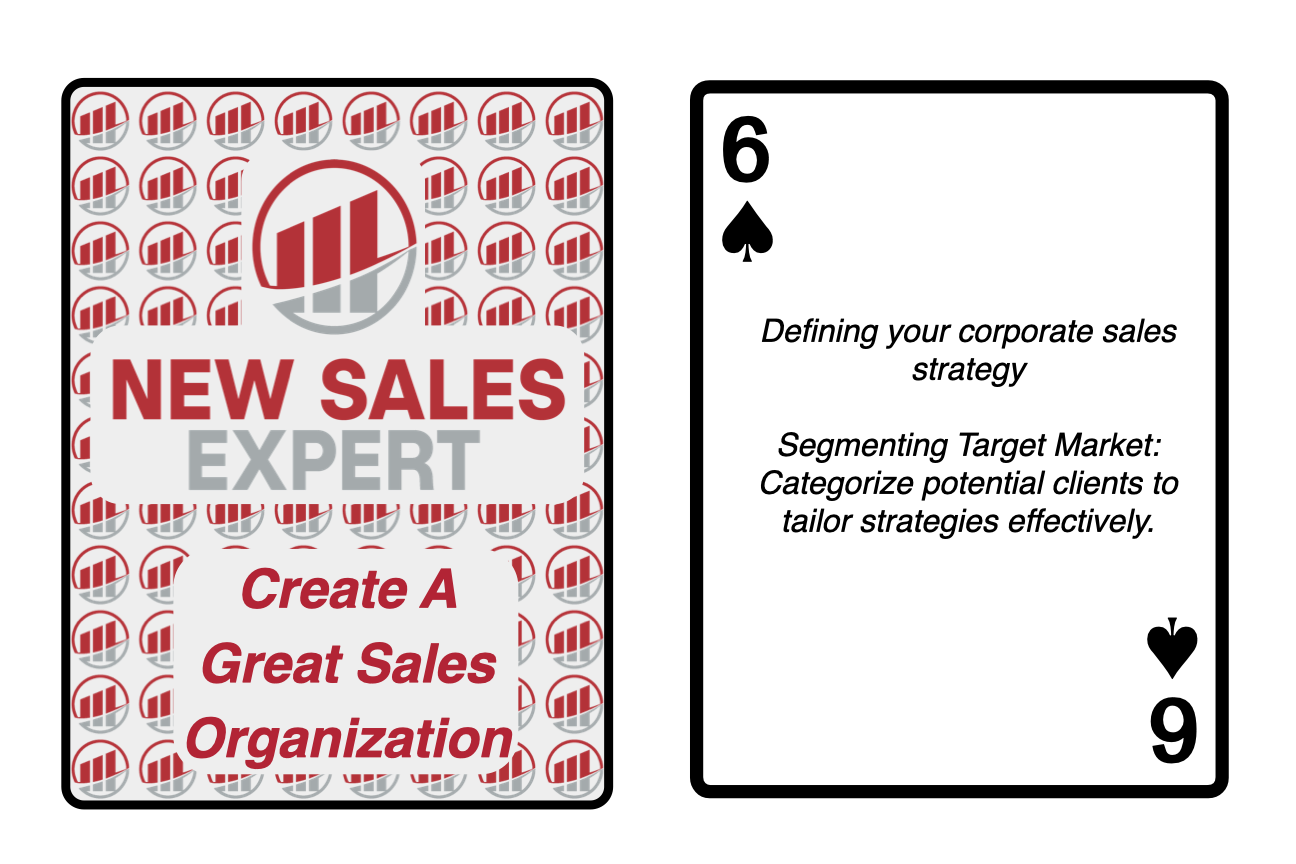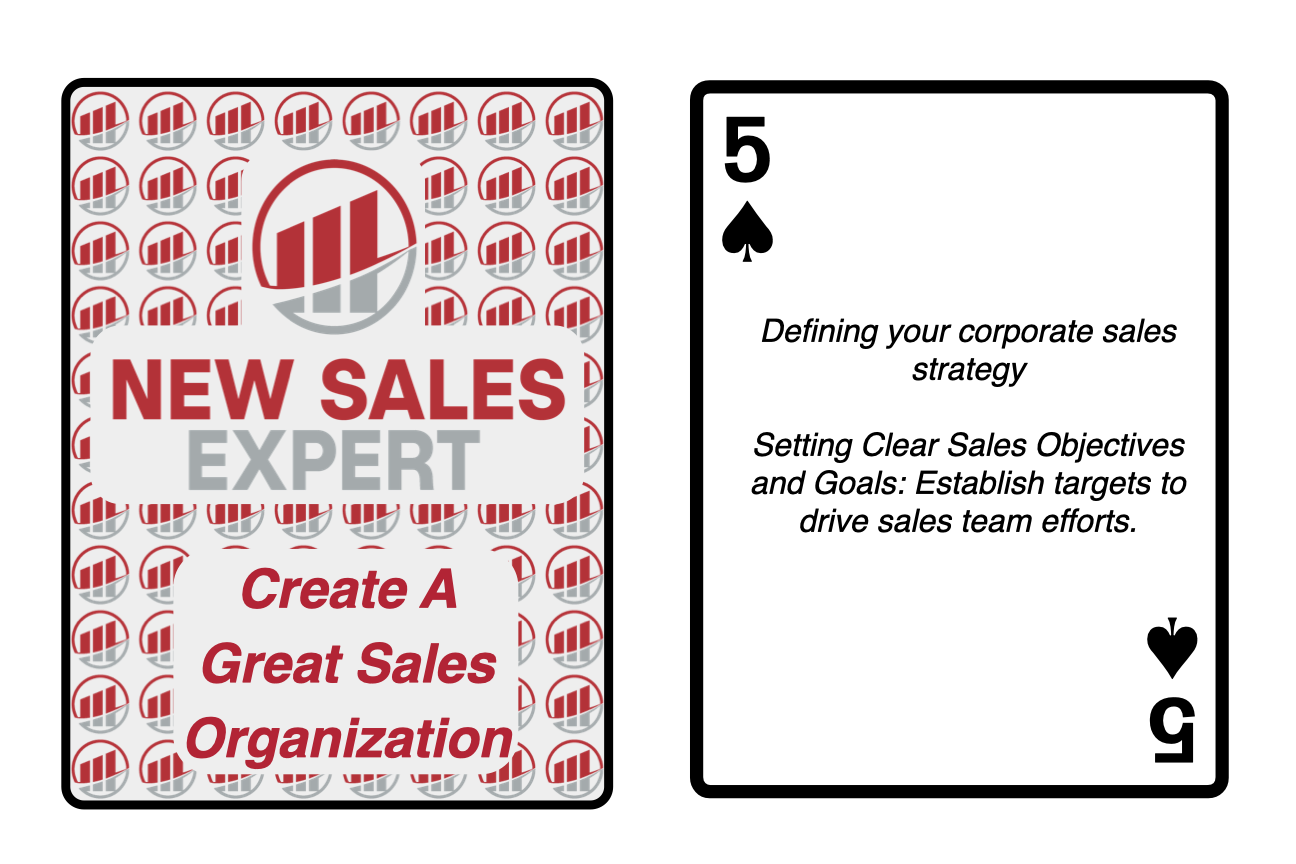Ace of Hearts: Joint sales calls with top management: Role-playing for Different Scenarios
Role-playing is a critical strategy for preparing for a sales call involving top management. It replicates the actual sales scenario, including realistic data and potential objections, allowing for feedback and strategy refinement. It also enhances the sales team’s ability to handle objections confidently and promotes active listening for better client engagement. Implementing role-playing as a standard practice serves multiple purposes such as aligning strategies among team members and enforcing a robust, collaborative framework that elevates the overall sales approach.
